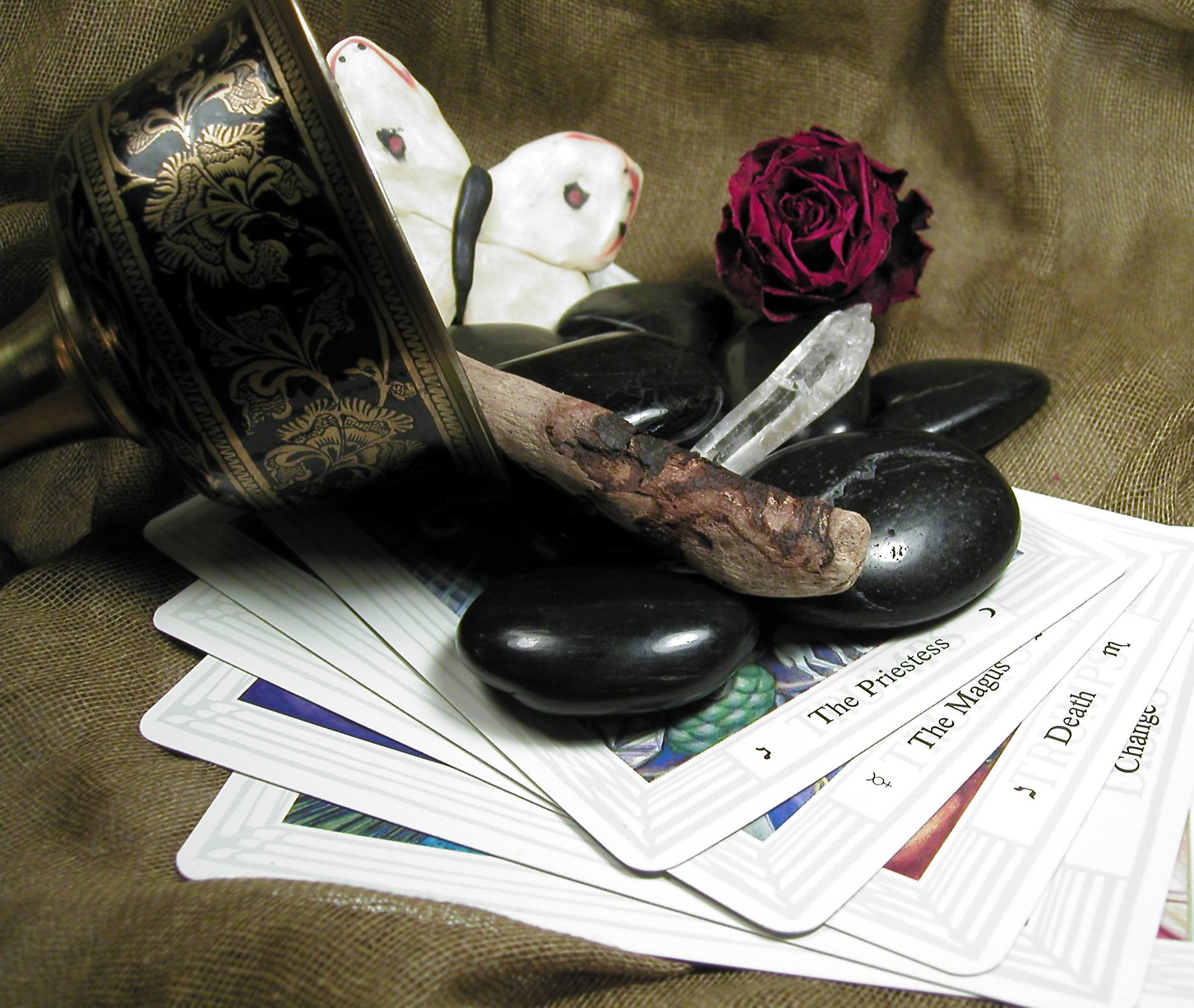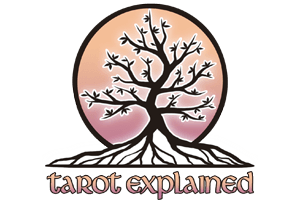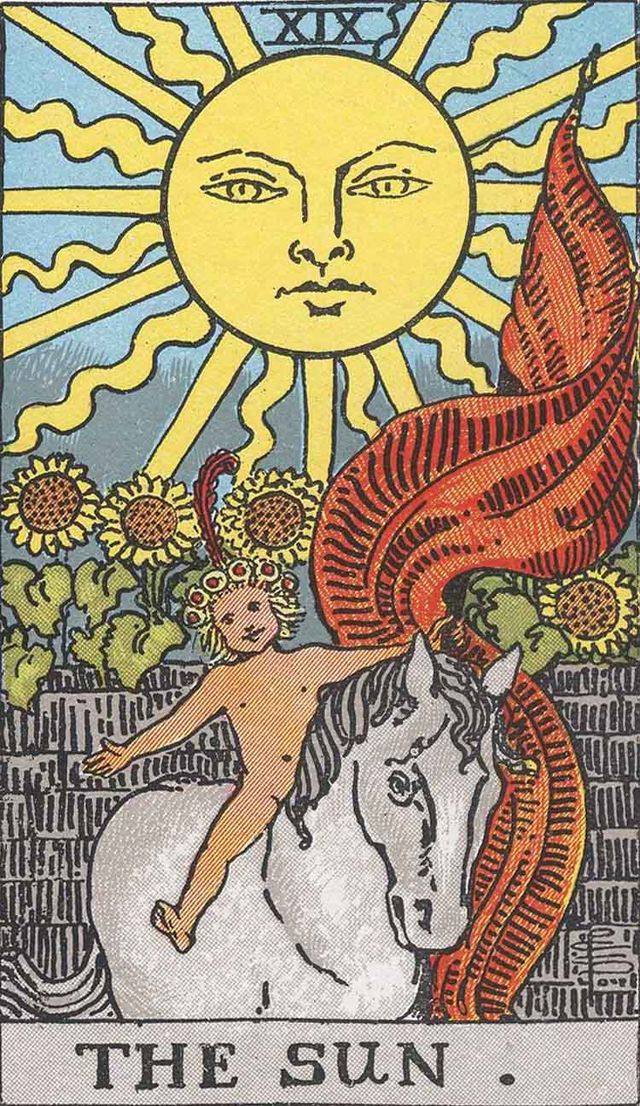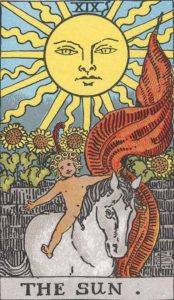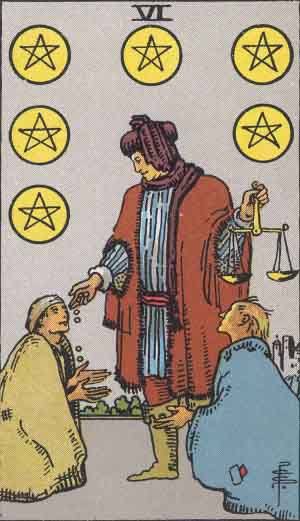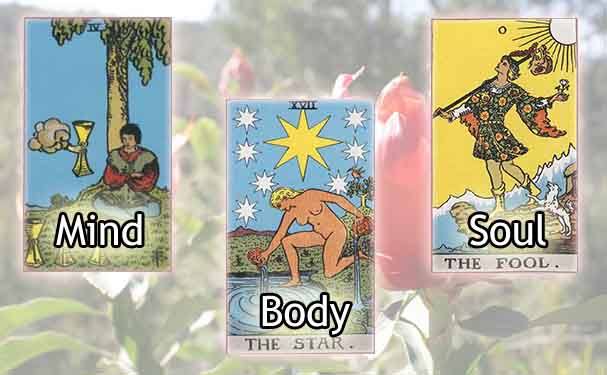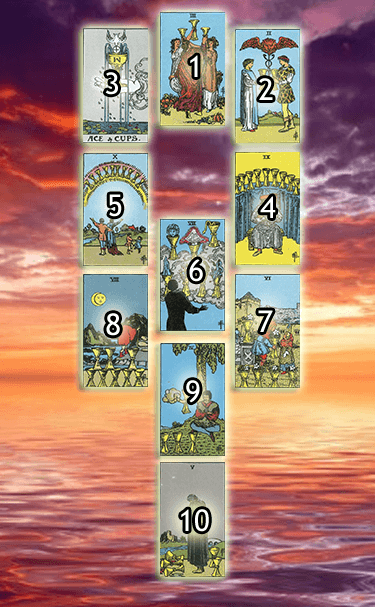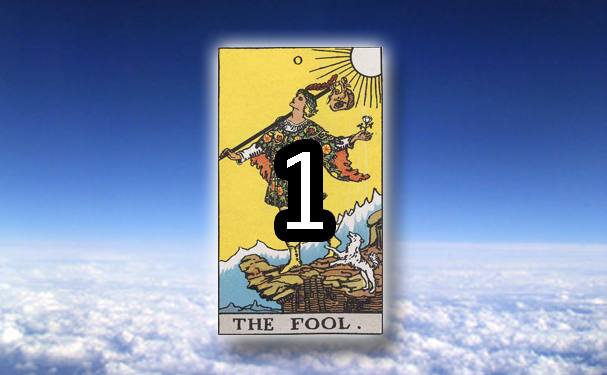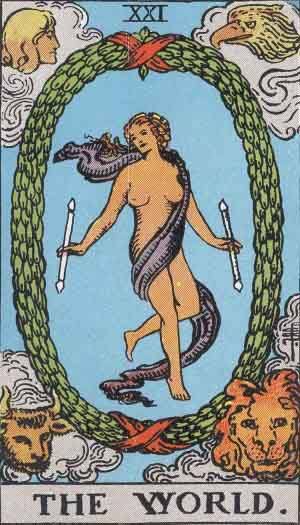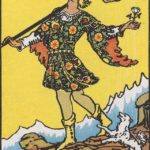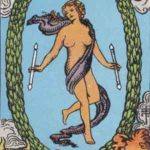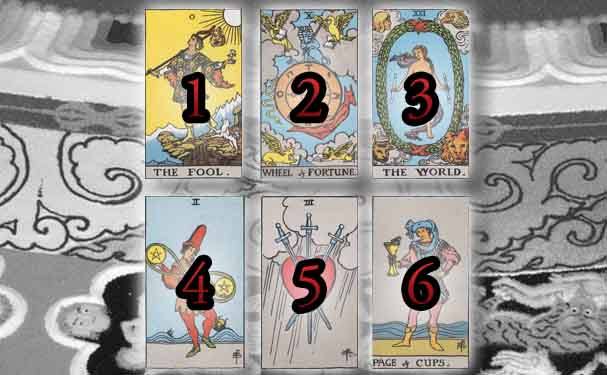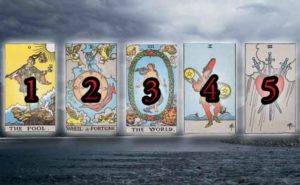As the art of tarot reading relies heavily on your intuition and also an interpretation of the visual element of the cards, it is important for your deck to successfully represent what your intuition is feeling. No- one likes working with a deck that doesn’t speak to them visually, and it also needs to connect to our inner vision of what the cards represent. But what happens if what your intuition feels contradicts what is represented on the cards?
In a traditional Tarot decks such as the popular Rider- Waite, swords are represented by the element of Air and Wands are Fire. The visual differences are not always obvious, however the symbology and the meanings will still represent the element.
Some readers, such as myself, prefer to use a different meaning system based on the Air and Fire elements being switched. But why is this? No doubt every reader who feels this way has their own reasons for this, but mine personally is due to my personal, psychological and spiritual connections with the elements and the items mentioned. It is important not to ignore these personal connections with the elements as they are an integral part of your intuition.
Why do some decks choose to make this switch? Let us consider the idea of the Wand (which is sometimes called a Stave or Baton in some older decks). Some pagans use this implement in spell and ritual work to create magical circles, and to do this, it relies on focus of the mind, and also the imagination. These are both associated with the element of air. Everything that the wand does is ultimately an inner spiritual effect. However, the Sword/ Dagger/ Athame, much like fire, is a rather assertive (as opposed to passive, like the wand) object. It is important however to be aware that the Athame is not used in a physical fashion and is certainly not used for harm, and is also sometimes used to cast circles, hence its popular association with Air.
The argument, ultimately, can swing both ways. So how do you find out which way is best for you? Here are a number of activities for you to try:
Wand/ Athame Meditation
Place yourself somewhere comfortable, but upright, such as a comfy chair or a pillow on the floor. You may light some incense or a candle. Ensure you will not be disturbed and that you do not have any pressing matters to attend to. Hold a wand or an athame/ dagger/ sword (or do one then the other) and close your eyes. Take a few deep breaths (ten or more is good) to ensure you are fully relaxed. When you are ready, try to focus your mind on the object in your hand. Feel it’s energy- what sort does it have? Is it dark and passionate, bright and deep? Take as much time as you like thinking on the object and allowing your mind to be fully absorbed into the activity. You may find this will help you work out how you feel about the object and bring you closer to the answer.
Tarot Card Meditation
Sit in a comfortable position with a tarot deck of your choosing and pick a card from the Wand and Swords suit (or their equivalent). Place them side by side and close your eyes. Take a few deep breaths until you are fully relaxed. Slowly, place your hand over one of the cards and concentrate on it. Feel the energy reverberating from the card- how does it feel? Can you sense a colour? Try this activity with the other card, then try it whilst focusing on both. Is there an obvious difference between the two?
If you are interested in the idea of using a deck with swapped elements, there are a number you can try- for instance the Art Noveau Tarot, Celtic Dragon Tarot, Fantastical Creatures and Legend: Arthurian Tarot.
This post was written by Jio Butler, who also designed the fantastic new logo for www.Tarot-Explained.com. You can view more of her work here: Deviantart Link
